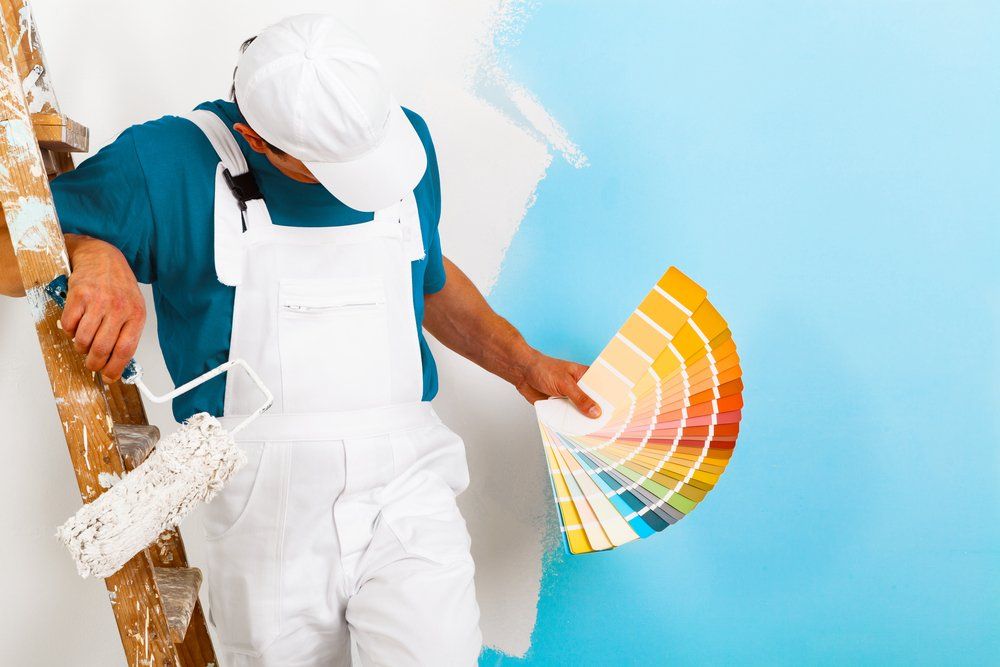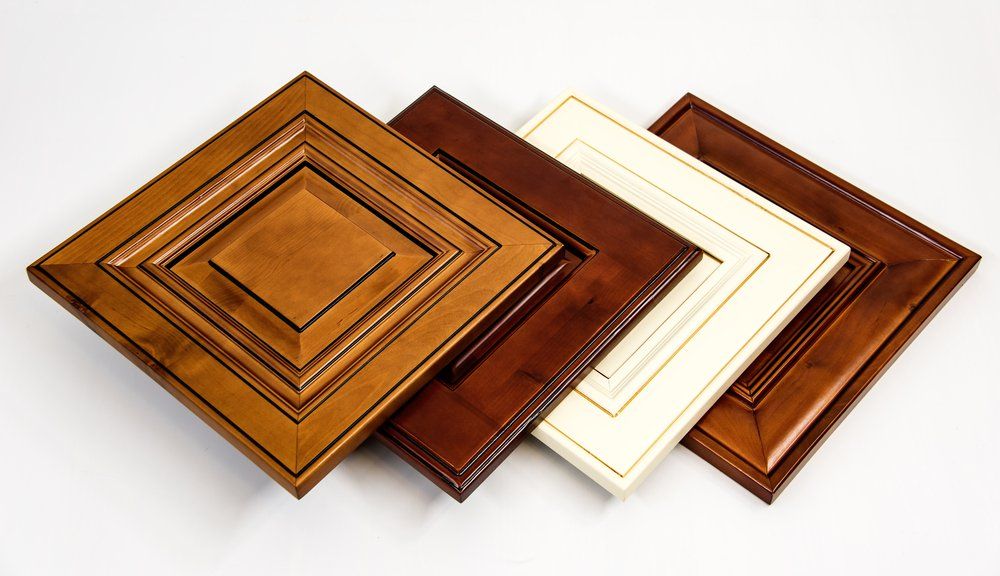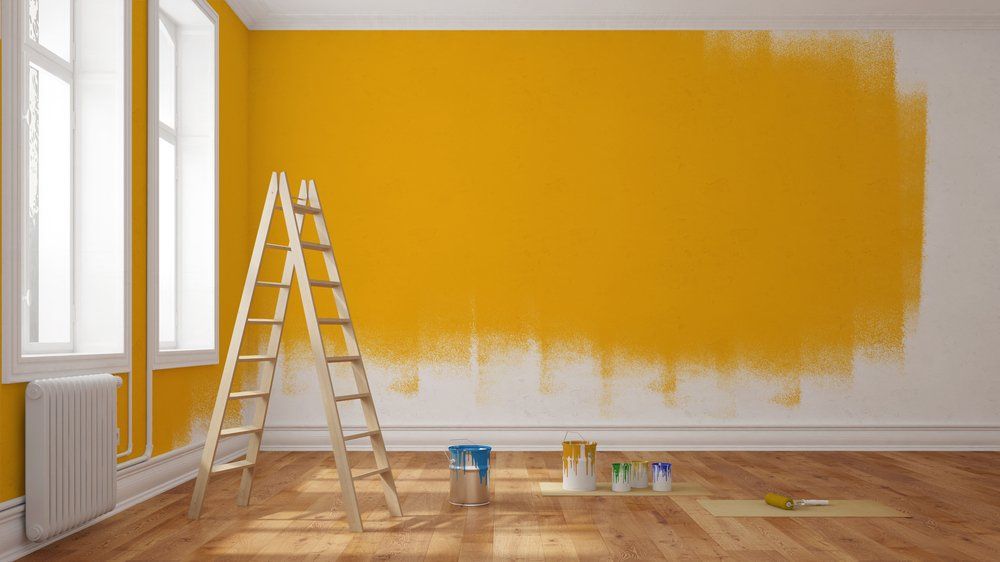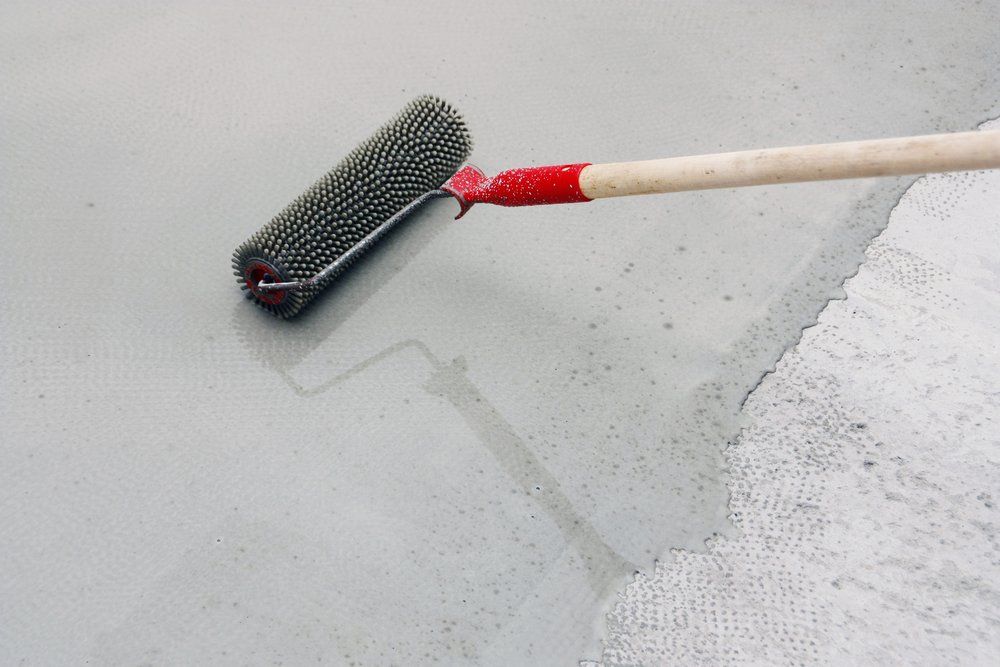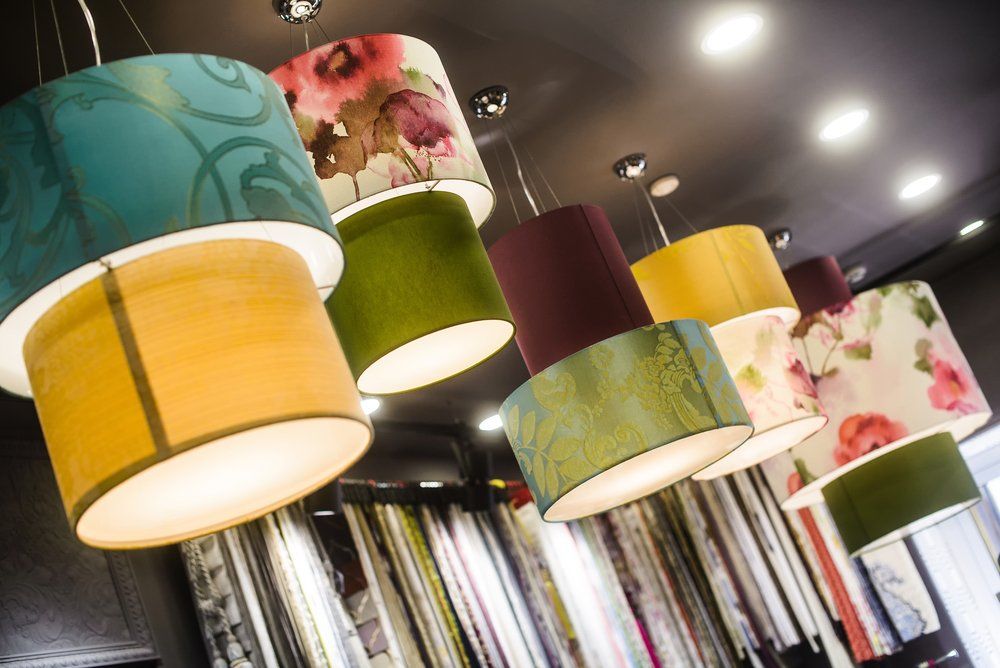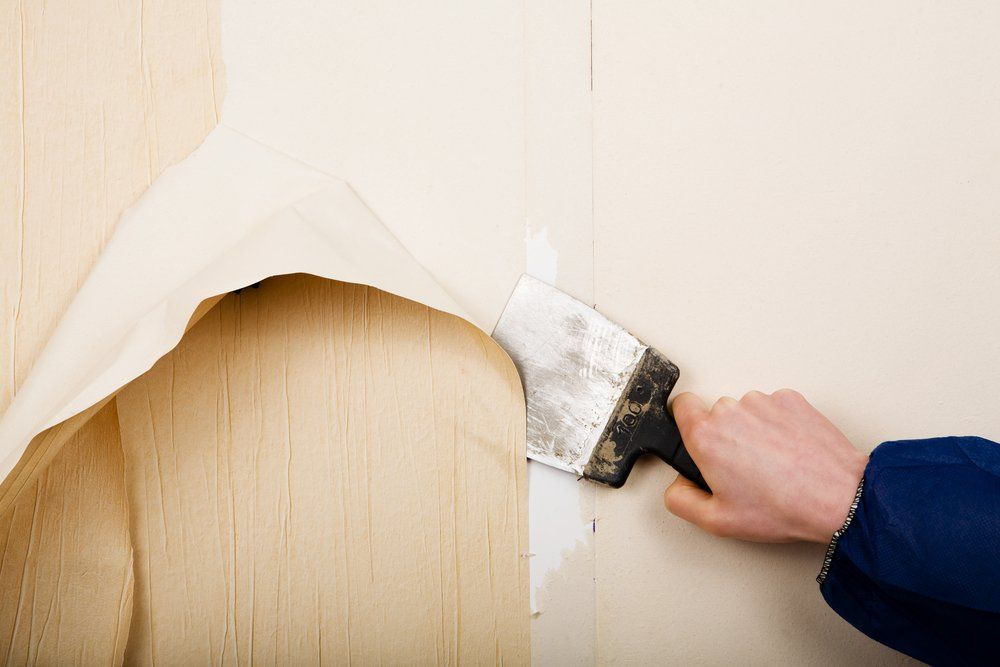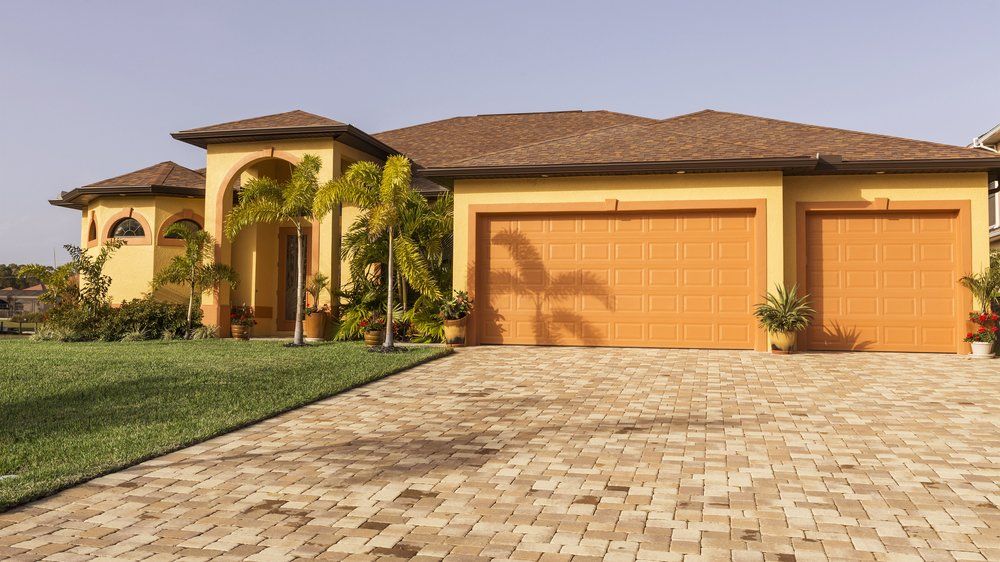Choosing the Ideal Trim Color for Your Home
- By Angela FitzGerald
- •
- 01 Jun, 2018
- •
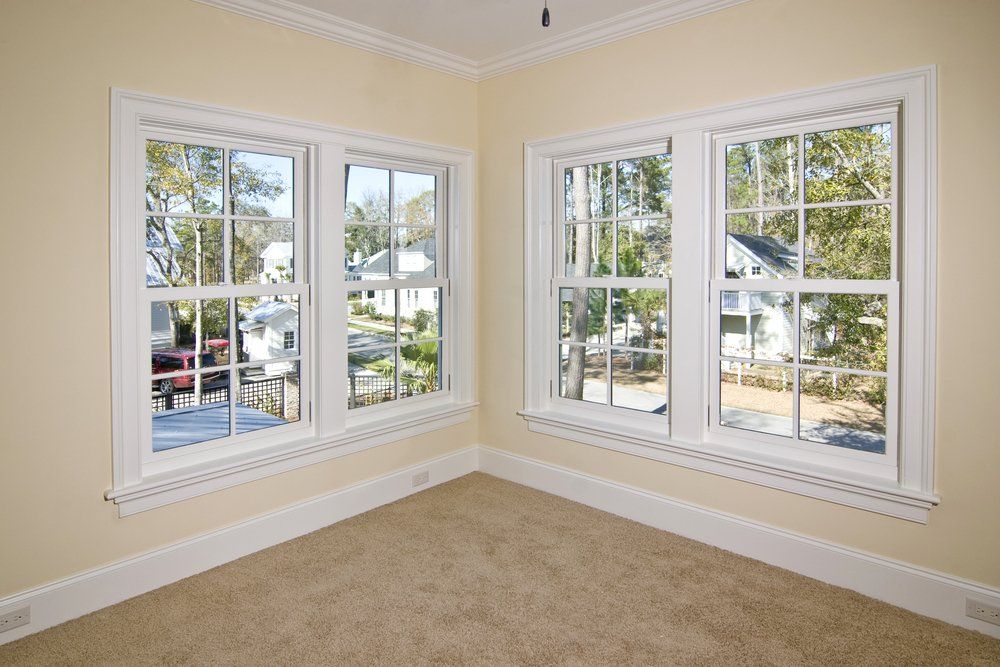
If you’re giving your home’s interior a fresh look, you’re probably aware that there are a lot of options when it comes to paint color and finish. However, the creative direction you take with your trim shouldn’t be overlooked either. The trim color you choose could give your home’s interior a completely new feel, or it could serve as a subtle complement to other areas of the house. Before you go slapping any old color on your trim, consider these tips to get the results you’re looking for.
Tips for Selecting Trim Colors in Your Home
Lighter Shades
There’s a reason shades of white and off-white are commonplace when it comes to interior trim. The look is classic, elegant and doesn’t garishly call attention to itself. Instead, it lets the colors and décor on the wall shine. Plus, it can be used with colored or white walls, so it’s a nearly fool-proof choice.
If you’re painting your walls an especially bold color, like deep purple or “lucky” green, you may consider a white or off-white trim to help tone the color down. When paired with a subtle wall tone, a white or lighter trim shade contrasts with the wall just enough so it doesn’t appear colorless.
Darker Shades
Dark shades of gray, brown and even black are growing in popularity because they add a bold and timeless touch to any room in the house. When paired with a light wall shade, the contrast creates a picture frame-like effect and helps your wall decorations “pop.” It also brings attention to your windows and door frames and creates a unique framed appearance.
If you’re concerned about a dark trim being too bold, you could split the difference. Paint only the crown trim a deep shade of black or gray while leaving the base trim white to draw attention upward toward a decorative ceiling fan or chandelier. Or, leave the crown white and give the baseboards a dark hue to create an anchor and give the ceiling an airy feel.
If you’re a fan of color, remember that you can select a trim color that’s several shades darker than your wall paint and still create similar effects – it doesn’t have to be black or gray!
Neutral Tones
Neutral tones allow your trim to become a part of the design rather than a complementary piece, while still not being visually overwhelming. Many neutral tones – like earthy grays, browns and greens – don’t necessarily stand out on their own. However, when a neutral trim is partnered with a darker or lighter neutral tone on the walls, it adds another layer of intricacy to the design.
For example, a sandy brown trim coupled with off-white walls establishes a traditional yet intimate and warm feel. Or, you could pair a cool, light gray trim with cream walls to create a modern, yet sophisticated atmosphere. For a bolder approach, the ceiling and crown trim can be painted the same neutral shade while the walls are left off-white. This combination makes your space feel cozy and welcoming.
Natural Wood
If you have beautiful hardwood trim, you may not wish to paint it at all. Instead, you can stain your trim to match your cabinets or hardwood floors. A creamy white shade on the walls paired with dark hardwood trim and cabinetry, for example, can make your kitchen or bathroom feel earthy and rustic. Another option is to paint your walls a neutral shade of brown or tan and stain your wood trim a slightly darker shade to complement the wall color.
Matching the Walls
Sometimes, the best option is to pair two shades that are either very close to one another or identical. It may not sound bold or dramatic, but some design experts recommend using similar or matching undertones on the trim and walls to create cohesiveness, especially in a home with a lot of open entryways.
Just remember to match the tones – warm trim tones should pair with warm walls, and cool trim tones with cool walls. If you prefer a bit of contrast, consider painting the ceiling a different shade or leave it pure white while painting the trim and walls the same color.
Consider Professional Painters to Help Bring Your Project Together
Choosing your paint type and colors is only the beginning. Rather than undertaking the painting process yourself, and risking unreliable results, consider working with professional residential painters who specialize in clean, high-quality interior painting. Arizona’s Best Family Painting has been providing Valley residents with expert residential painting services for more than 15 years! Request a free residential painting estimate by calling us today at (602) 606-2200 or by filling out the form on our website.
